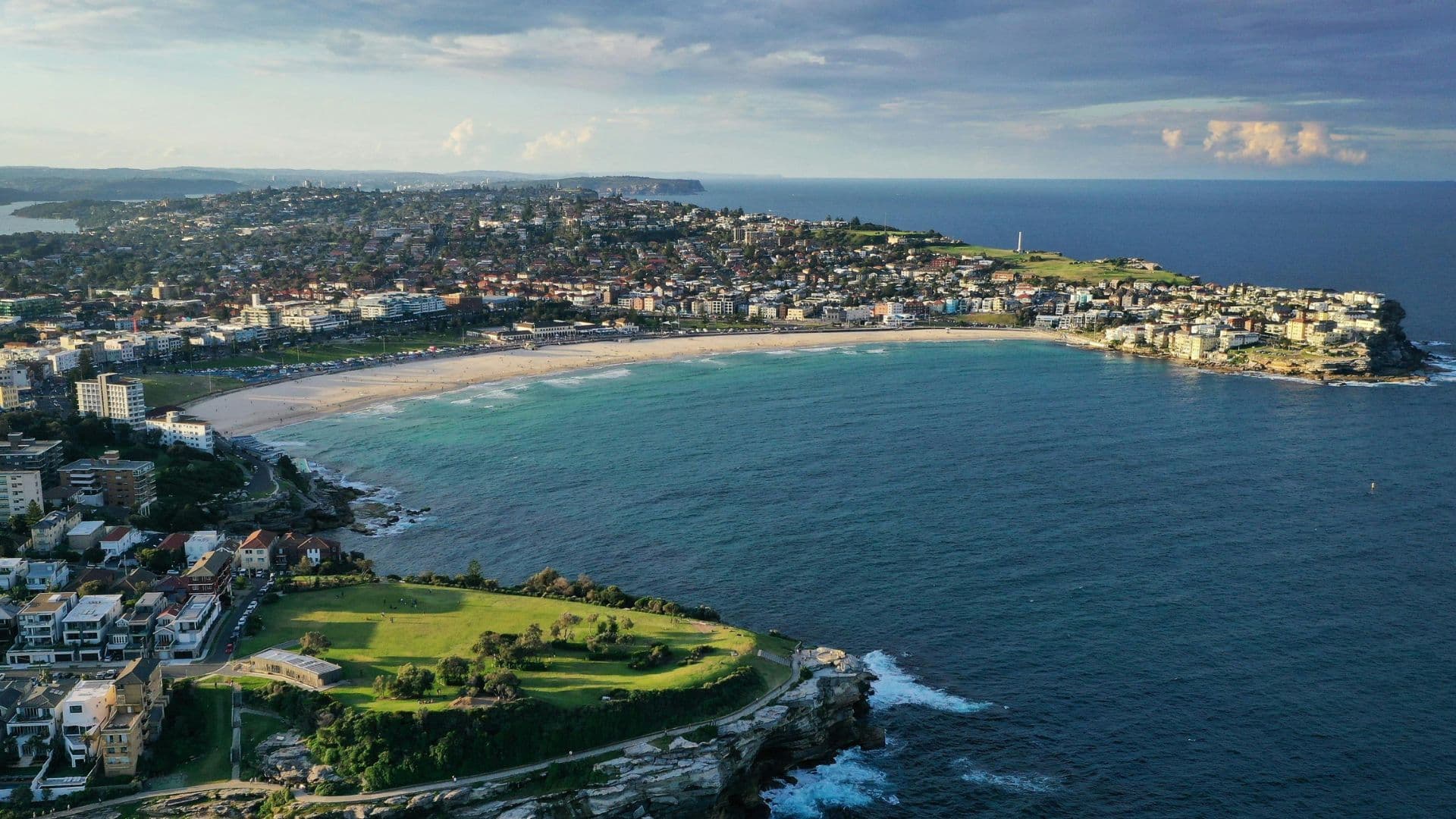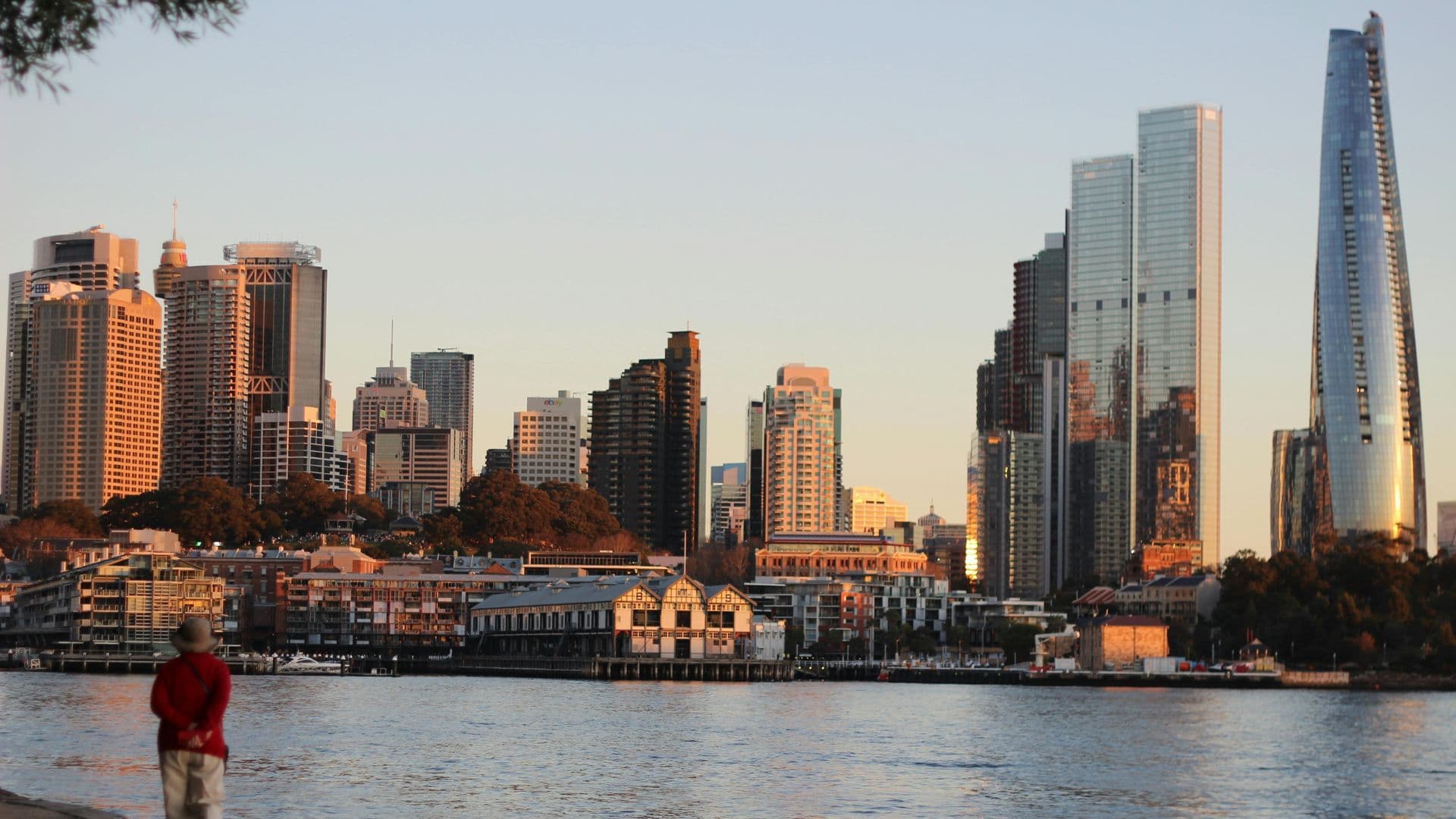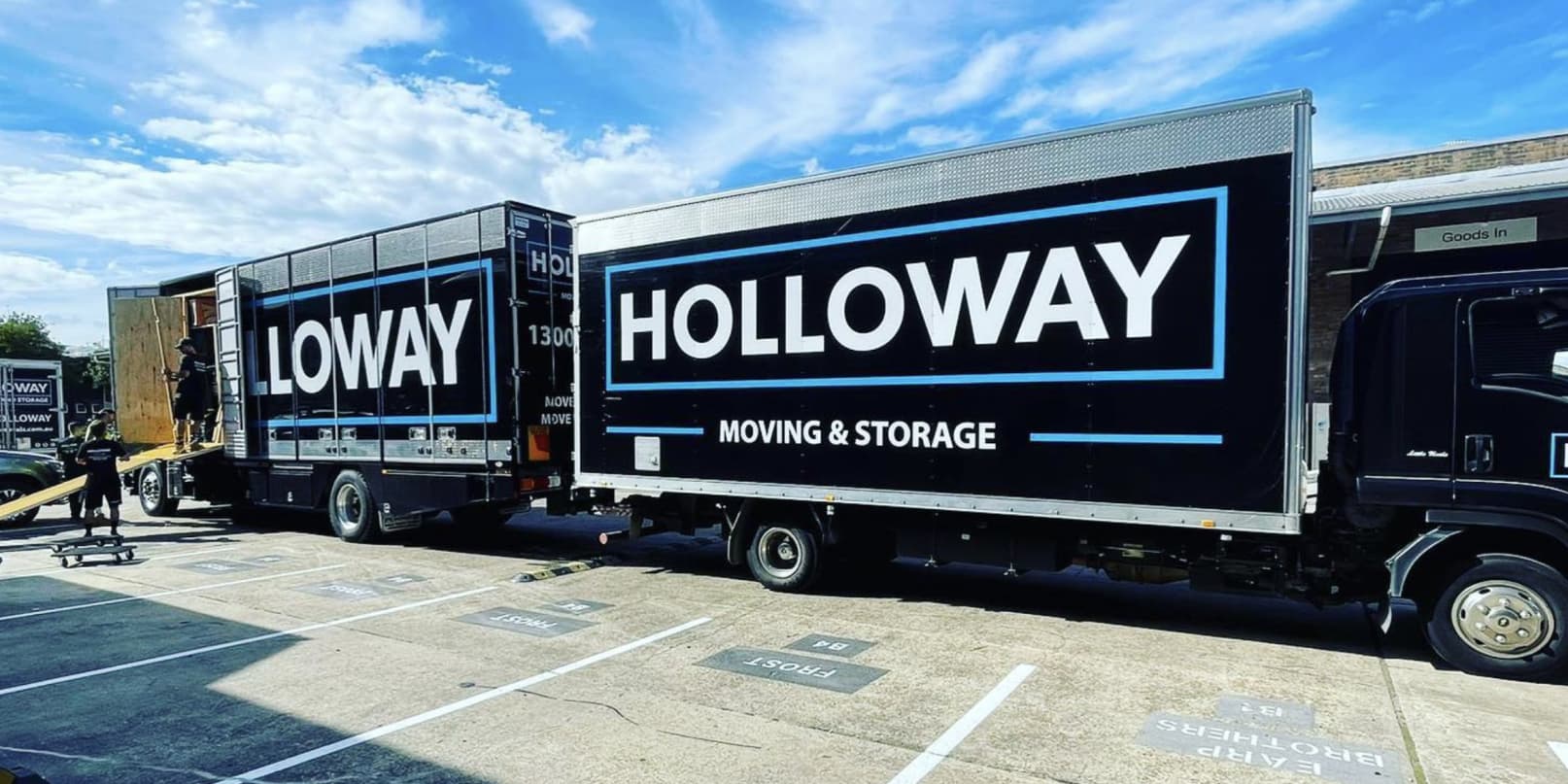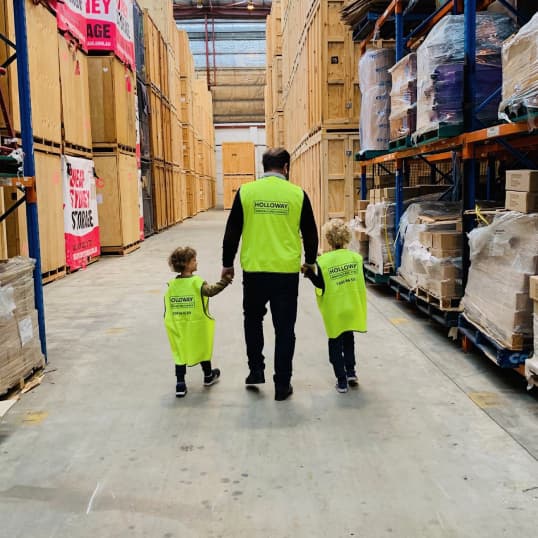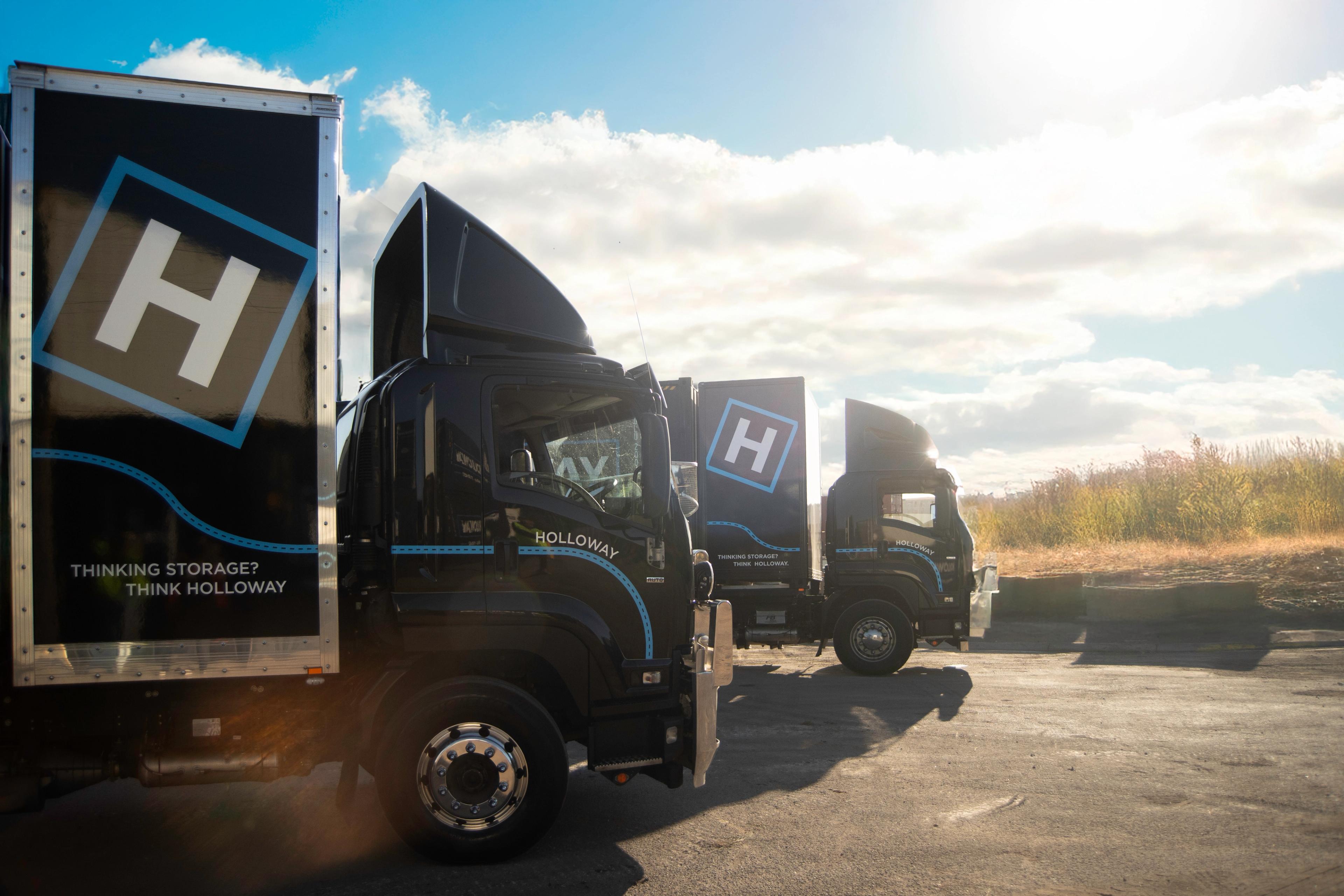

Remember when "working from home" meant you were either sick, waiting for a plumber's visit, or childcare was cancelled at the last minute? Well, thankfully, we’ve come a long way from those archaic work structures of 2019, and now WFH (working from home) is basically the new Australian dream.
No more having to wear actual pants with a zipper or sit in traffic, deliberating how to tell the boss you’re late again due to road construction. Nope, fast-forward to today, and client calls are now being taken from a make-shift home office with sweat shorts on and a coffee that didn’t cost 6 bucks. Heaven.
Now, with the freedom of remote working sticking around, many Aussies are looking at what life outside the typical constraints of office-based roles has to offer. For one, the option to swap their urban apartments for a new pace of life in the quieter coastal or leafy areas outside the city is becoming increasingly popular.
If, like plenty of other WFH Aussies, you are also set to be tasting the sweetness of relocation freedom - whether you're heading straight for the bush or are just looking for slightly leafier suburbs in Sydney, here are our top tips for a successful WFH relocation.
1. Get the Boring Bits Done First
Look, I get it. When you've found the perfect property with rolling hills and a large garden to host dinner parties, the last thing you want to think about is logistics. But before you start romanticising your new cottage-core lifestyle, it’s important to think about the boring stuff, and that’s internet speed.
Nothing will kill your remote work dream faster than trying to explain to your boss why you dropped off that client meeting for the third time this week. Before you sign anything, check the NBN availability and actual speeds of your new home (not just the "up to" speeds, as this can catch you out). Secondly, always have a backup plan. Mobile hotspots and secondary providers can be lifesavers when your primary connection decides to have a meltdown during your quarterly review.
Remote working is a fragile ecosystem and one that relies exclusively on high-quality Wi-Fi, so you need to make sure that you’ve chosen somewhere where it isn’t all going to come crumbling down under the first bit of pressure.
2. Call in The Professionals Who Know What They’re Doing
When it comes to moving day, you may be considering calling in help from that mate with a ute and ratchet straps who promised you he’d one day return the favour. But the truth is, moving from a city centre apartment to the leafy suburbs and beyond is no walk in the park. Whether it’s narrow roads, tight stairways, or computer equipment that costs more than the average car, the sheer logistics of coordinating everything can turn your dream move into an absolute nightmare.
Hiring professional removalists like Holloway Removals, who understand the complexities of unique relocations and specialise in moving office equipment, means that you can start your rural adventure in the safe hands of moving experts.
Sure, it costs more than borrowing your mate's truck, but using professional Sydney movers also means your furniture arrives in one piece, your work setup isn't delayed by weeks, and you don't spend your first month in your new home nursing a bad back and explaining to your boss why your desk chair is cracked in half.
2. Allocate a Workspace Before You Move in
Sure, lying on your bed with the laptop resting strategically on a cushion may be fun for a day, but it’s not exactly a long-term WFH plan. So, before you commit to a house, it’s crucial to plan where you can allocate for a professional workspace. More importantly, you want to find somewhere that you can take video calls without your colleagues getting an intimate view of your unmade bed or yesterday's dishes.
Before moving day, plan your home office setup, keeping the following aspects in mind:
- Natural light is your friend, plus the fresh air needed.
- Consider noise levels - are you next to the main road, or can you hear every word your neighbour says?
- Make sure the space has plug sockets close by.
- Think about whether you need a door that actually closes if you've got kids or housemates.
3. Learning the Language of Rural Living
If you’re moving to a particularly remote area in Australia, then get ready to say goodbye to emergency printer ink on a Saturday and next-day delivery from Australia Post.
Living life rurally means you need to consider that operational hours are on a very different schedule than the city, which means you should always try to keep one step ahead. Save yourself from the struggle of driving an hour to panic buy a laptop charger on a Saturday, and stock up on equipment or hardware before you move.
Expert removalists can professionally disassemble, wrap, and reassemble all those fragile items, so that they are transported safely without the hassle.
4. Prep Your Place Before the Move
Unlike city moves, where you're usually going from one complete property to another, regional relocations sometimes mean moving into a house that needs a bit of work. Whilst this makes them the dream renovation project, it also means you need somewhere to work in the meantime.
Before moving day:
- Ensure at least one room is move-in ready for your office.
- Check that all utilities are connected and working.
- Have basic repairs done (leaky roofs and WFH don't mix)
- Consider where your furniture will go during renovations - storage is a great way to keep items safe and out of the way of dust and debris.
5. Time Your Move Strategically
Finally, don’t rush to move immediately because timing is crucial. Most industries often have busy periods and quieter periods that fall over certain times of the year. Planning your move for work’s quiet periods can save you from the stress of juggling working your busiest period in a house that is also under renovation. Plus, moving during company downtime may mean you have to take less time off work - saving you both money and a lot of stress.
Also, don’t forget that the weather can have a pretty big impact on your move. Although removalists are trained to move in pretty much any conditions, extreme weather could cause delays or potential issues.
The weather sweet spots are typically autumn (March-May) and spring (September-November), when the weather is more predictable and roads are also generally clearer.
The Bottom Line
Working from home in regional or rural Australia offers an exceptional lifestyle with ample space and nature, but getting there requires proper planning, realistic expectations, and a willingness to adapt to a different pace of life.
When moving, take the time to plan properly, find the right property for your WFH needs, and don't be afraid to ask for help from professionals. That way, you can be sitting with your feet up on that home desk listening to Kookaburras whilst you work in no time.


